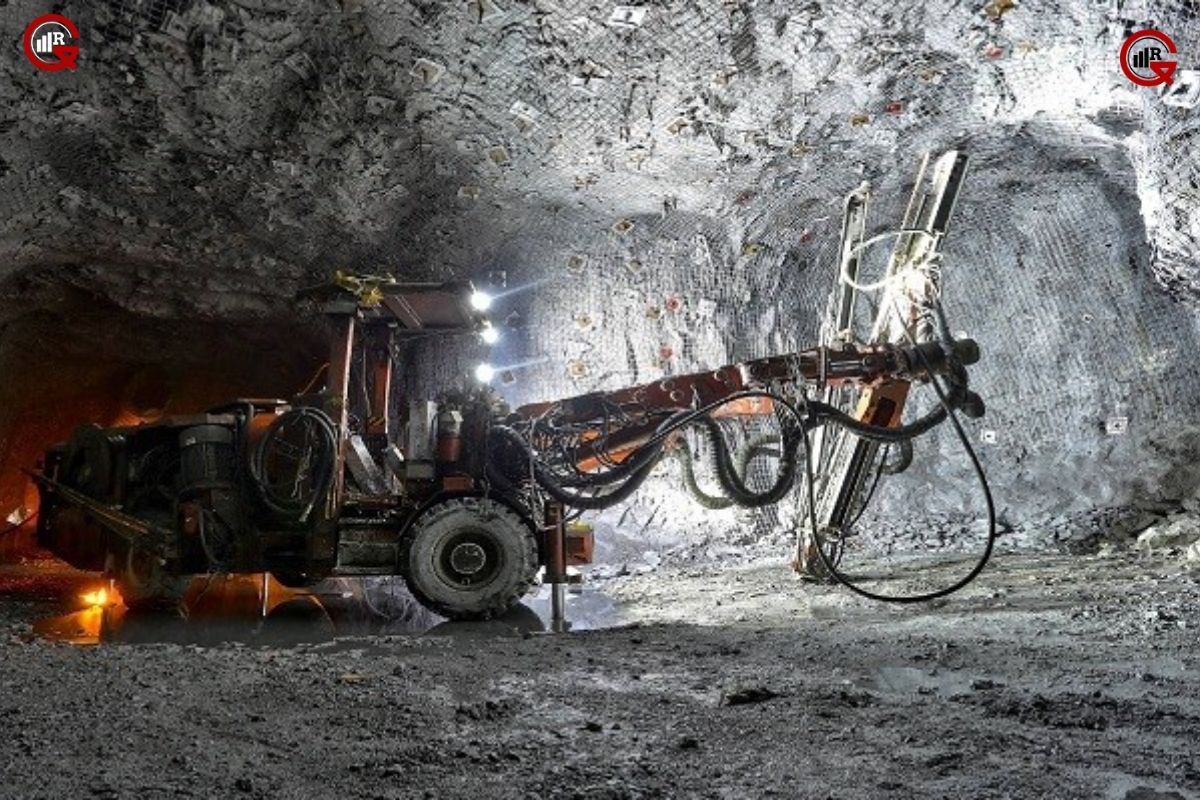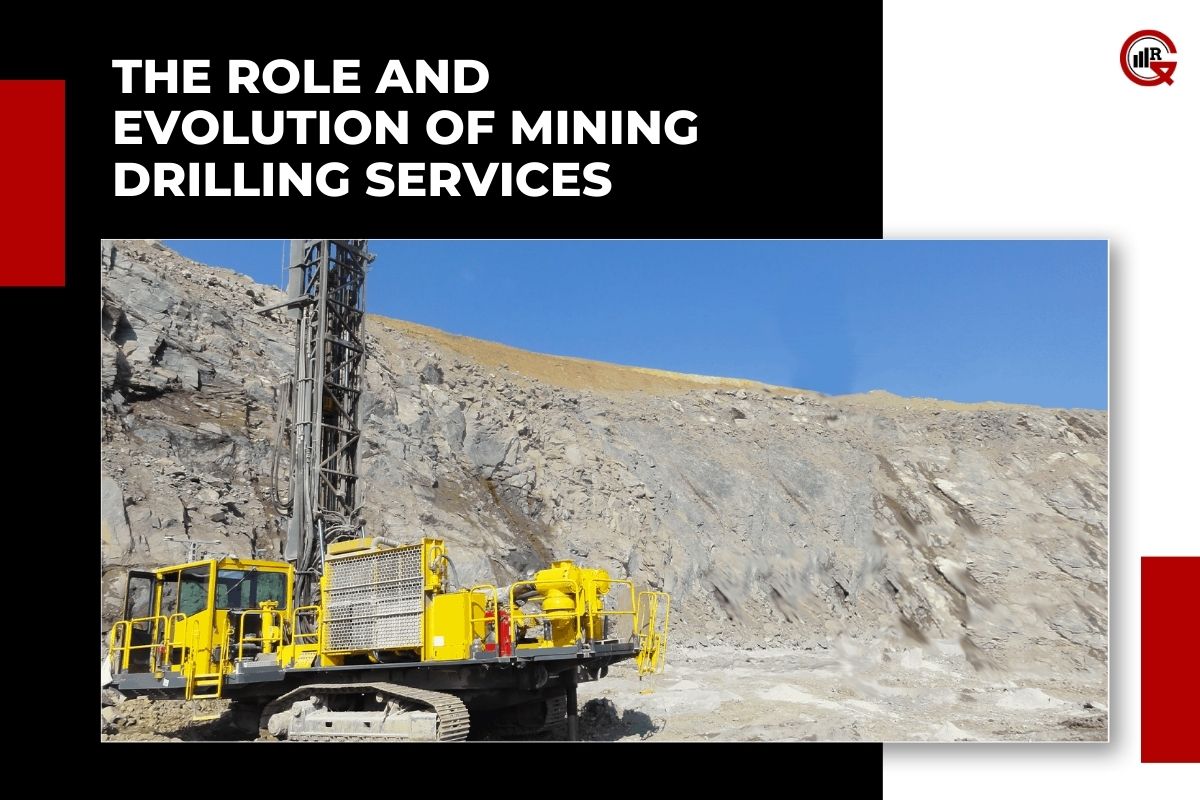(Source – CR Mining)
In the dynamic world of mining, efficiency, and precision are paramount for success. Mining drilling services represent a cornerstone of the industry, providing the critical foundation for extracting valuable minerals from beneath the Earth’s surface. From exploration to production, these services play a vital role in uncovering mineral deposits, delineating ore bodies, and optimizing resource recovery. In this article, we delve into the significance, evolution, and technological advancements of mining drilling services, highlighting their essential contribution to the mining sector’s sustainability and profitability.
The Importance of Mining Drilling Services
Mining drilling services encompass a diverse range of techniques and technologies aimed at penetrating the Earth’s crust to access mineral deposits. Whether it’s surface drilling, underground drilling, or directional drilling, these services serve as the initial step in the mining lifecycle, providing crucial data and insights that inform subsequent exploration, development, and extraction activities. By accurately delineating ore bodies, assessing geological formations, and determining deposit characteristics, drilling services enable mining companies to make informed decisions regarding resource allocation, investment, and operational planning.
Moreover, mining drilling services play a pivotal role in mitigating risk and maximizing efficiency throughout the mining process. By employing advanced drilling techniques, such as diamond core drilling, reverse circulation drilling, and sonic drilling, companies can minimize waste, optimize drilling rates, and reduce environmental impact. Additionally, the integration of automation, remote monitoring, and data analytics technologies has revolutionized drilling operations, enabling real-time performance monitoring, predictive maintenance, and continuous improvement.
Evolution of Mining Drilling Techniques:

The evolution of mining drilling techniques reflects the industry’s ongoing quest for innovation, efficiency, and sustainability. Historically, manual drilling methods, such as percussion drilling and cable tool drilling, were labor-intensive and time-consuming, limiting productivity and precision. However, the advent of rotary drilling in the early 20th century revolutionized the industry, allowing for faster, deeper, and more accurate borehole penetration.
In recent decades, advancements in drilling technology have further accelerated the pace of exploration and resource development. Hydraulic drilling rigs, equipped with powerful hydraulic systems and rotary drilling mechanisms, have become ubiquitous in surface and underground mining operations, offering increased drilling speed, depth capacity, and maneuverability. Furthermore, the integration of down-the-hole (DTH) drilling technology has enabled efficient penetration through hard rock formations, enhancing productivity and reducing drilling costs.
The emergence of innovative drilling techniques, such as directional drilling and geosteering, has enabled mining companies to access previously inaccessible deposits and optimize resource recovery. Directional drilling allows for precise control of borehole trajectory, enabling targeted exploration and exploitation of mineral resources beneath complex geological formations. Similarly, geosteering techniques utilize real-time geological data to guide drilling operations, maximizing ore recovery while minimizing waste and environmental impact.
Technological Advancements:

The integration of advanced technologies has transformed the landscape of mining drilling services, ushering in a new era of efficiency, safety, and sustainability. One such innovation is the utilization of autonomous drilling systems, which leverage artificial intelligence, GPS positioning, and onboard sensors to autonomously plan and execute drilling operations. These systems enhance drilling accuracy, optimize drill bit performance, and minimize human error, thereby improving overall productivity and safety.
Furthermore, the adoption of remote drilling technologies enables mining companies to conduct drilling operations in remote or hazardous environments without exposing personnel to risk. Remote-controlled drilling rigs, unmanned aerial vehicles (UAVs), and robotic drilling systems facilitate safe and efficient exploration and production activities in challenging terrain, underground mines, and offshore locations. Additionally, the integration of data analytics and machine learning algorithms enables predictive maintenance, anomaly detection, and optimization of drilling parameters, leading to reduced downtime and improved operational efficiency.
Challenges and Opportunities:

Despite the advancements in mining drilling technologies, the industry faces several challenges and opportunities that shape its future trajectory. One of the primary challenges is the need to balance economic viability with environmental sustainability. Mining operations often occur in ecologically sensitive areas, requiring careful management of water resources, land use, and biodiversity conservation. As such, there is a growing emphasis on developing eco-friendly drilling techniques, such as waterless drilling and biodegradable drilling fluids, to minimize environmental impact and comply with regulatory requirements.
Additionally, the increasing complexity of geological formations and the depletion of easily accessible reserves pose challenges for traditional drilling methods. In response, mining companies are investing in research and development to innovate new drilling technologies capable of overcoming geological challenges, such as hard rock formations, deep-seated deposits, and unconventional resource plays. Enhanced drilling techniques, such as hydraulic fracturing (fracking) and thermal drilling, are being explored to unlock previously uneconomical resources, such as shale gas, oil sands, and deep-sea minerals.
Furthermore, the global transition towards renewable energy and sustainable development presents new opportunities for mining drilling services. The growing demand for critical minerals, such as lithium, cobalt, and rare earth elements, used in renewable energy technologies, electric vehicles, and electronic devices, has led to increased exploration and extraction activities. Mining drilling services play a crucial role in identifying and delineating mineral deposits essential for the transition to a low-carbon economy, supporting the development of clean energy infrastructure, and reducing dependence on fossil fuels.
Moreover, the advent of digitalization, data analytics, and the Internet of Things (IoT) is reshaping the mining drilling landscape, enabling companies to optimize drilling operations, enhance resource modeling, and improve decision-making processes. Real-time monitoring of drilling parameters, geological data analysis, and predictive modeling empower mining engineers and geologists to identify drilling targets more accurately, optimize drilling trajectories, and mitigate geological risks. By harnessing the power of big data and artificial intelligence, mining drilling services can drive efficiency gains, reduce costs, and improve operational performance across the mining value chain.
Conclusion:
Mining drilling services play a critical role in the success and sustainability of the mining industry, providing the essential foundation for mineral exploration, development, and extraction. As mining companies continue to explore new frontiers and pursue resource expansion, the evolution of drilling techniques and technologies will remain central to unlocking untapped reserves and optimizing resource recovery. By embracing innovation, automation, and data-driven decision-making, mining drilling services will continue to drive efficiency, safety, and environmental stewardship across the global mining sector.






